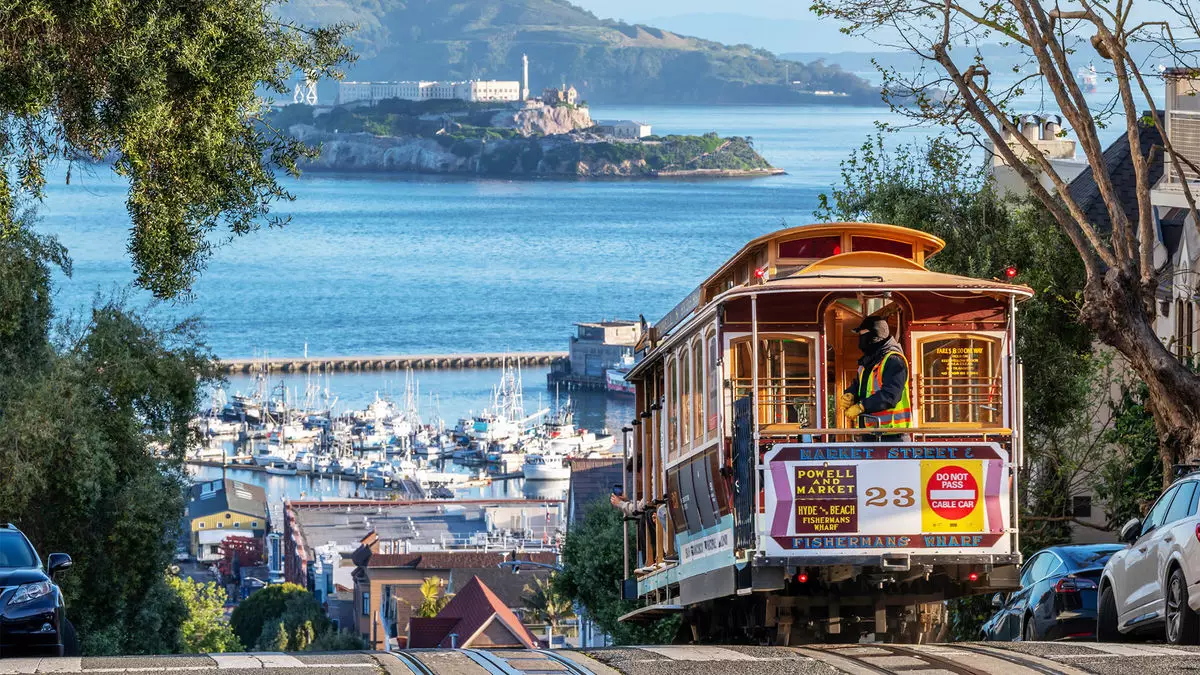The tourism sector in San Francisco encountered significant hurdles throughout 2024, marking one of the most challenging periods since the pandemic began. The economic impact of rolling hotel labor strikes and a notable downturn in both convention activities and international tourism were contributing factors to the sector’s lagging performance. According to Emmy Hise, a senior director at CoStar, the hospitality landscape reflects a bleak yet pivotal moment in San Francisco’s trajectory. She has indicated that 2024 might represent the lowest point in a recovery process that is expected to accelerate in the following years.
The challenges were particularly stark as San Francisco’s hotel performance metrics revealed stagnation in occupancy rates. Average daily rates (ADR) dipped by 3.8%, and revenue per available room (RevPAR) fell by 3.7% year-to-date, highlighting the dichotomy between a once-vibrant hospitality scene and the current state of affairs. San Francisco now sits at the bottom of U.S. cities regarding hotel rate recovery since 2019—quite a departure for a city that used to boast some of the highest room rates nationally.
With 2024 closing the chapter on numerous labor disputes, industry insiders could turn their attention toward planning for upcoming events, despite acknowledging the significant declines in tourism due to reduced international travel, particularly from Asian nations. The absence of large-scale events, such as the Asia-Pacific Economic Cooperation summit held in 2023, has left a noticeable void in convention business. Anna Marie Presutti, CEO of the San Francisco Travel Association, expressed relief at the end of a year marked by adversity. However, she also underscored that these struggles have provided the city with opportunities for growth and revitalization.
San Francisco’s reputation has also been tarnished by public safety concerns; however, recent data offers a glimmer of hope. Significant drops in property and violent crimes change the narrative that has plagued the city for years. The city has committed itself to enhancing safety measures, deploying more police officers and investing in advanced surveillance technologies. In tandem, initiatives aimed at reducing homelessness show promising results, with a reported decline in the number of individuals living on the streets. A concerted effort to improve public perception is underway, with Presutti suggesting that old narratives of despair are being replaced with renewed appreciation for the city’s beauty and vibrancy.
As 2025 nears, the outlook for San Francisco’s tourism sector is more optimistic, fueled by a lineup of high-profile events capable of reshaping public perception. The impending hosting of major sporting events, such as the NBA All-Star Game and the Laver Cup, positions San Francisco as a center of attention in the coming months. This influx of activity, complemented by increased visibility through national media coverage, is anticipated to rekindle interest in a city rich in history and cultural significance.
The slate of events set for the greater San Francisco area, including the much-anticipated FIFA World Cup and Super Bowl in 2026, adds to the excitement. Additionally, a notable development is the recent confirmation of Microsoft’s Ignite convention, slated for November 2025, which reflects a shift in typical booking practices. The urgency of shorter lead times for such significant events demonstrates a rejuvenated confidence in the market, offering hope for recovery.
Looking ahead, the San Francisco Travel Association projects an increase in visitor numbers from 23.2 million in 2024 to 23.9 million in 2025, along with expenditures rising from $9.24 billion to an estimated $10 billion. The anticipated rebound in hotel performance metrics includes improvements in occupancy rates and increased ADR, allowing the city to begin to reclaim its competitive edge.
Moreover, the Moscone Center convention complex will see a rise in events, reflecting a growing reassessment of San Francisco as a convention destination. The strategic introduction of entertainment zones that allow outdoor alcohol service and revitalized street festivals aim to cultivate a more vibrant atmosphere, attracting tourists eager to explore hidden gems within the city.
While San Francisco endured a tumultuous 2024, the stage is set for recovery through investment in safety, public perception reshaping, and strategic event hosting. As the city readies itself for a bustling 2025, there is a collective sense of optimism that the rich experiences and diverse offerings that characterize San Francisco will once again captivate visitors, reinforcing its status as an iconic destination in the years to come.


Napsat komentář